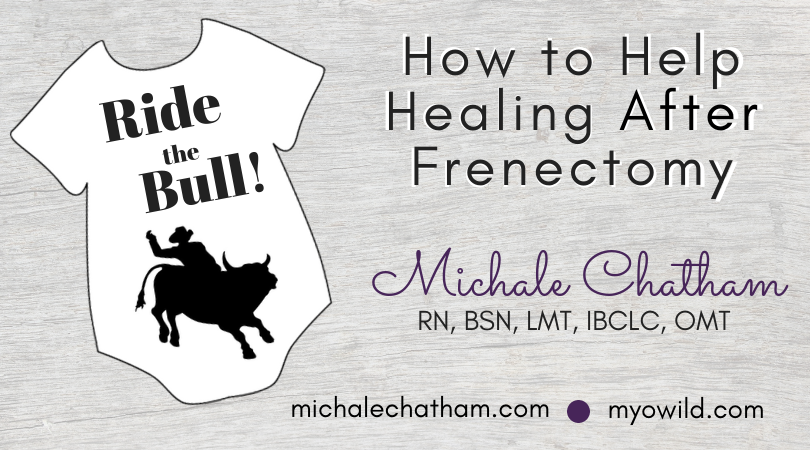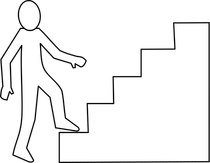Did you know that full healing of the frenectomy site can take up to 6 months?It has been my observation that there are significant changes occurring long after the surface layer has healed! The connective tissue in the floor of the mouth goes through an amazing process over the months following a release. When you consider the profound impact these tiny pieces of tight tissue have on (at times) the entire body, the unfolding of function that follows such a release is quite remarkable! For many moms who find themselves in the midst of a "Tether-berg" situation, I tell them, for the sake of their baby or child, to "Ride the Bull." As many moms have experienced, the weeks and even months after oral tissue release can literally be a wild ride, filled with many ups and downs. From what I understand about bull riding, the goal is to hang on for a certain amount of time and try not to get thrown to the ground; recovering and attaining new oral function can be no different than trying to win a rodeo. Many Moms feel: |
Michale Chatham, BSN, LMTArchives
June 2022
Categories |



 RSS Feed
RSS Feed